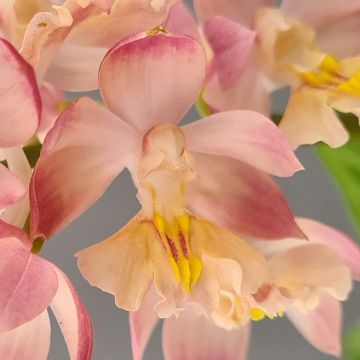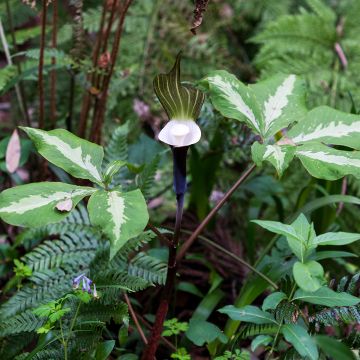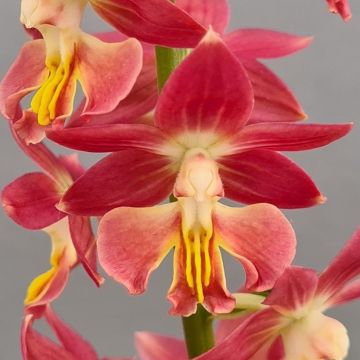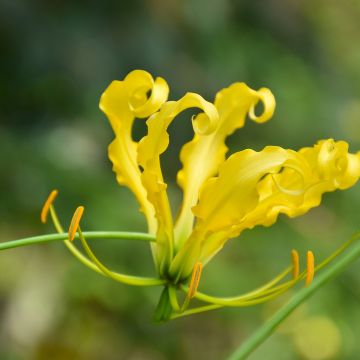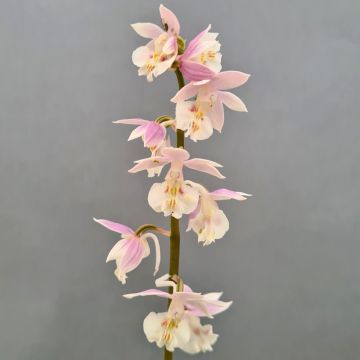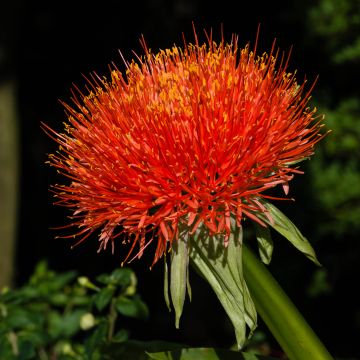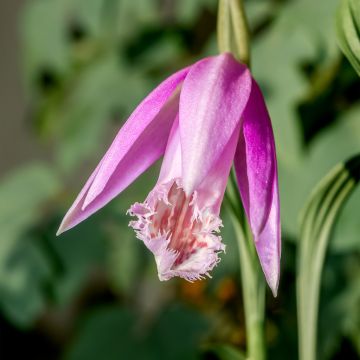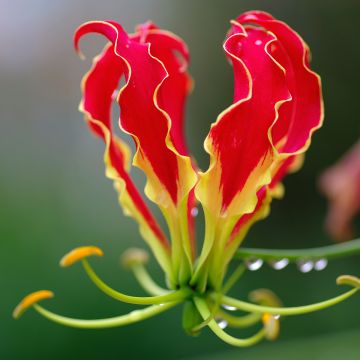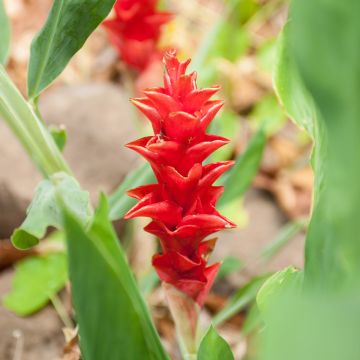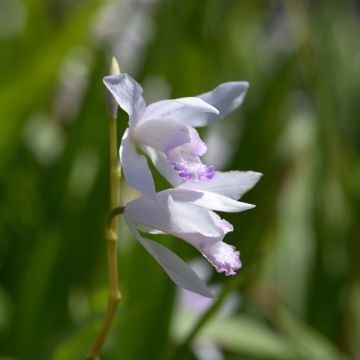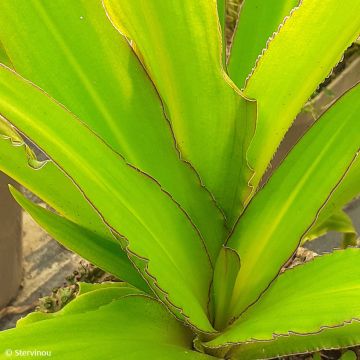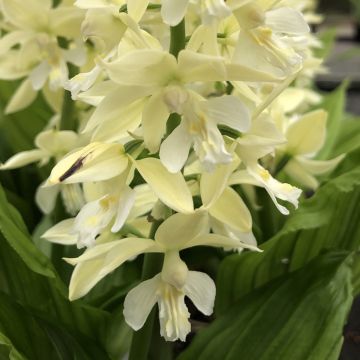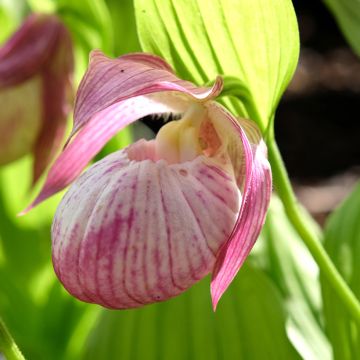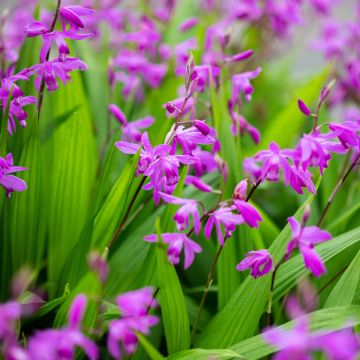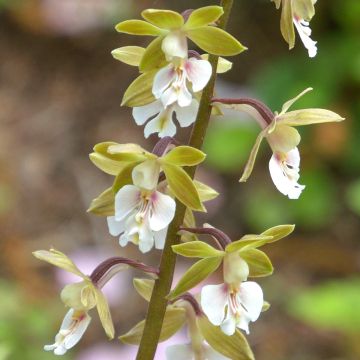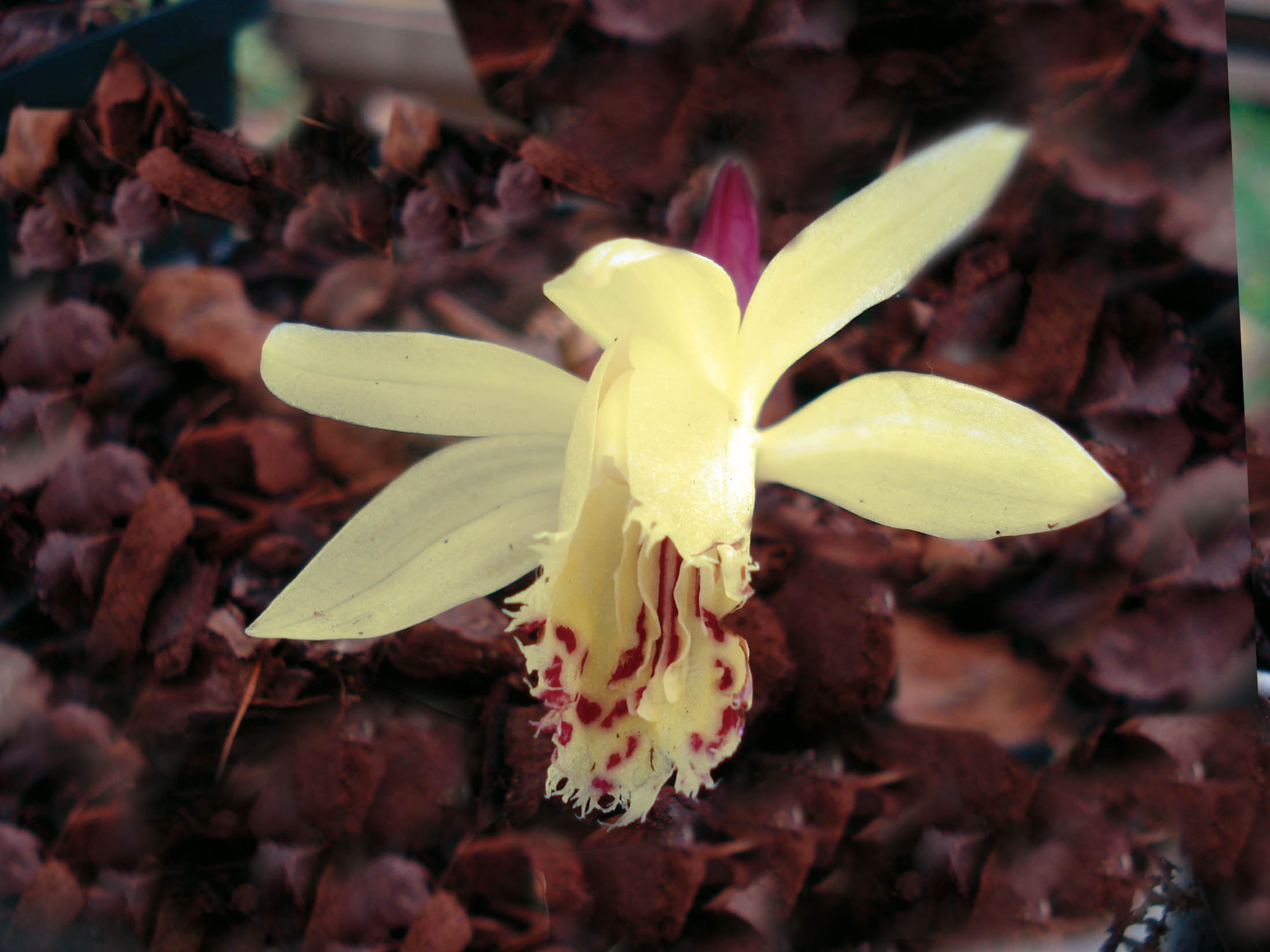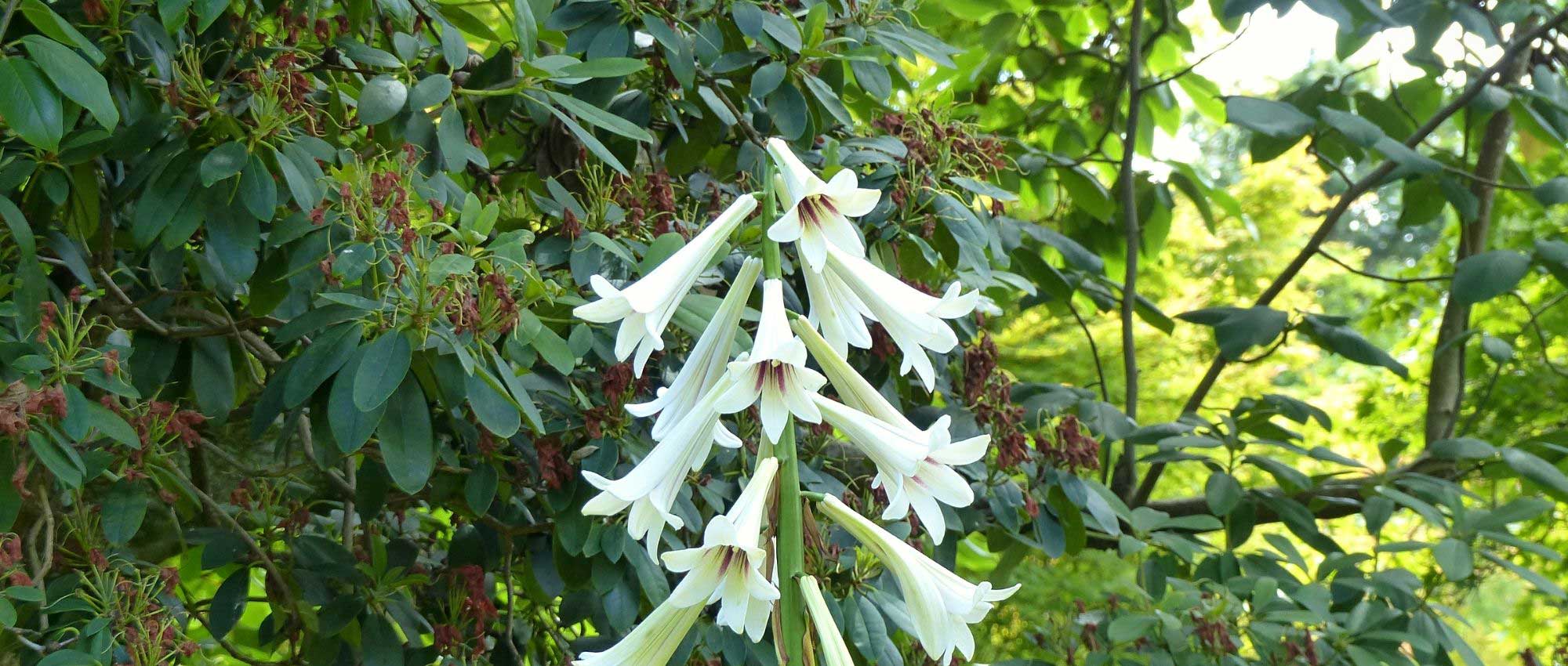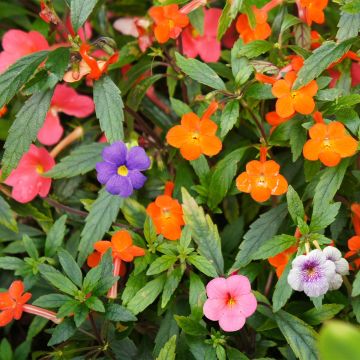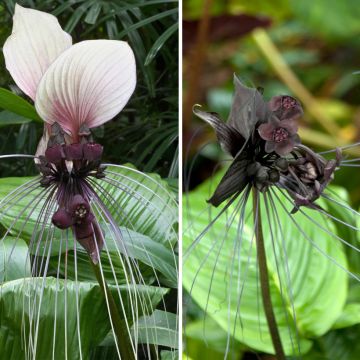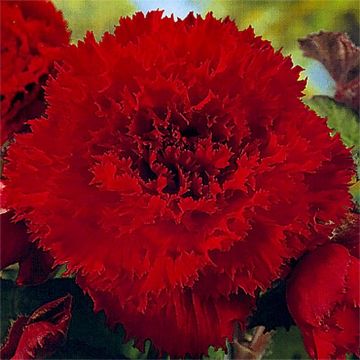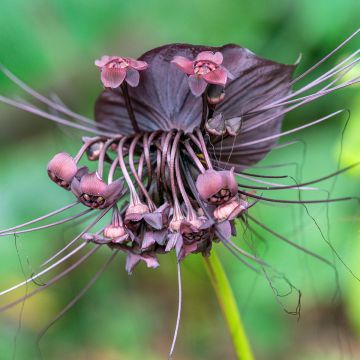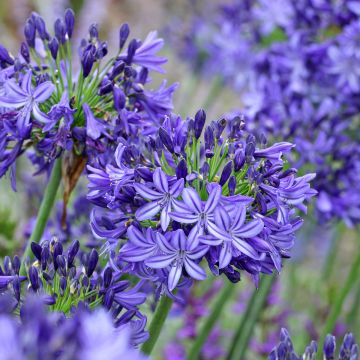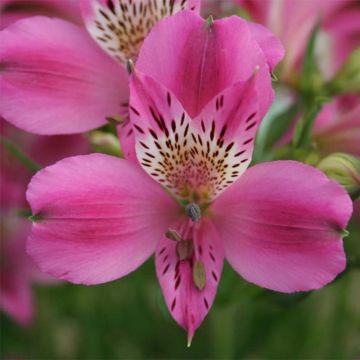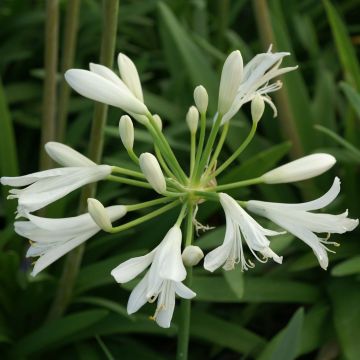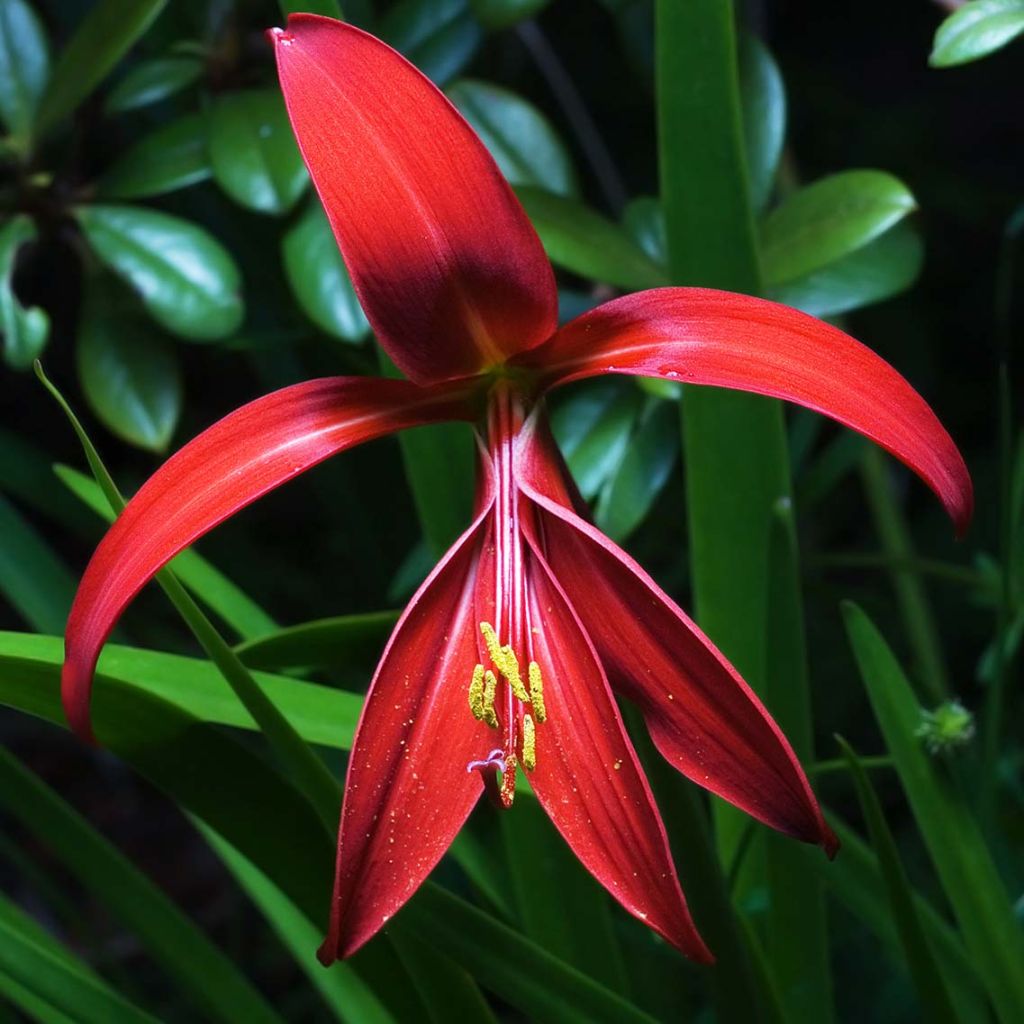

Sprekelia formosissima - Lis de St Jacques
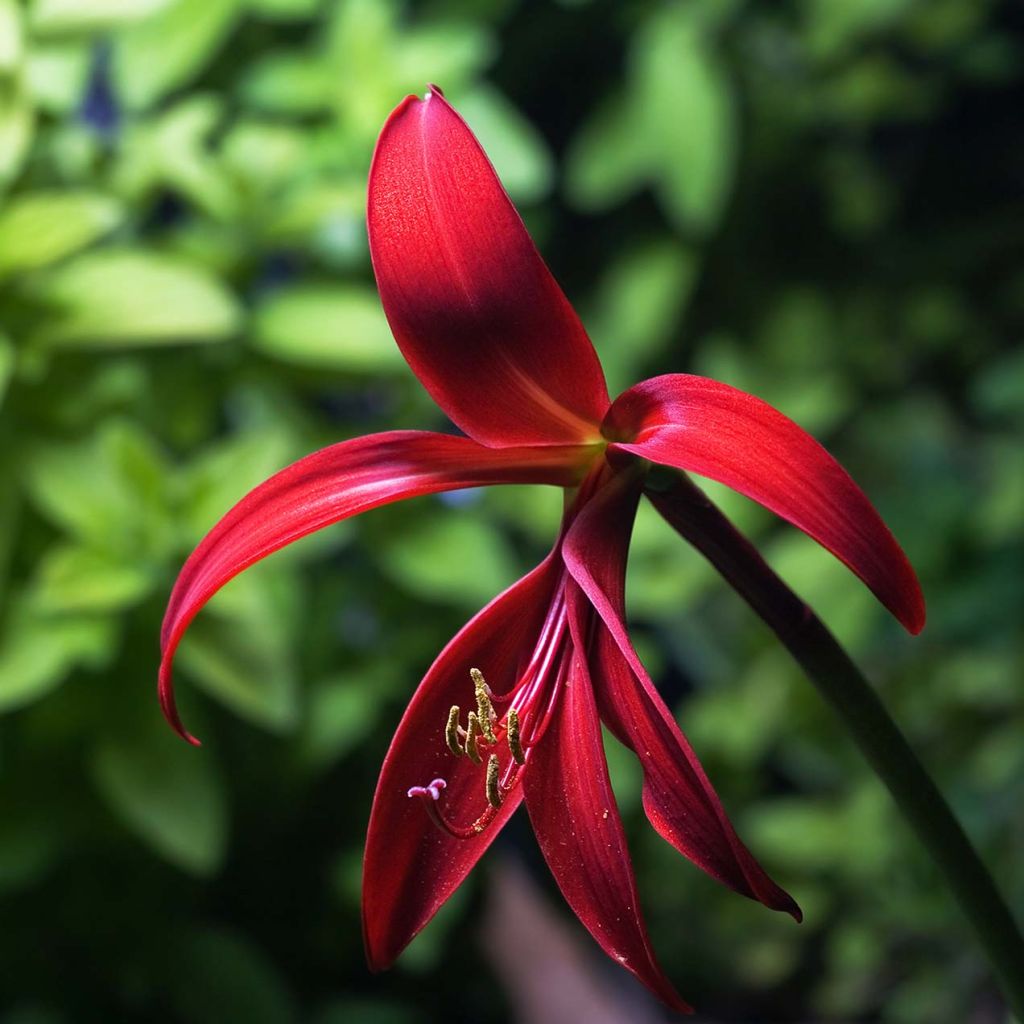

Sprekelia formosissima - Lis de St Jacques
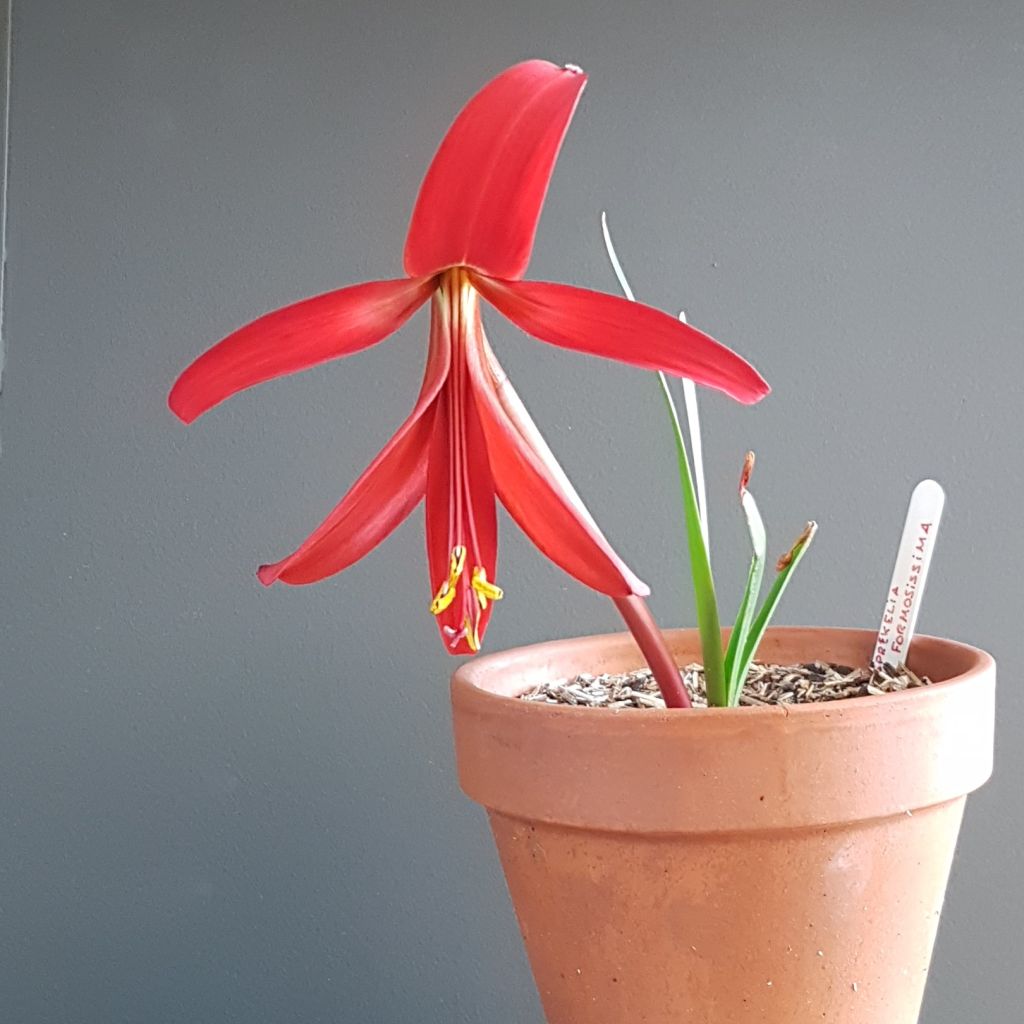

Floraison juin 2017
Sprekelia formosissima
Sprekelia formosissima
Jacobean Lily, Aztec Lily, St. James's Lily
Superb bulbs, ordered late in the season (June) that have bloomed and grown beautifully! Top.
vincent, 12/09/2023
Special offer!
Receive a €20 voucher for any order over €90 (excluding delivery costs, credit notes, and plastic-free options)!
1- Add your favorite plants to your cart.
2- Once you have reached €90, confirm your order (you can even choose the delivery date!).
3- As soon as your order is shipped, you will receive an email containing your voucher code, valid for 3 months (90 days).
Your voucher is unique and can only be used once, for any order with a minimum value of €20, excluding delivery costs.
Can be combined with other current offers, non-divisible and non-refundable.
Why not try an alternative variety in stock?
View all →This plant carries a 6 months recovery warranty
More information
We guarantee the quality of our plants for a full growing cycle, and will replace at our expense any plant that fails to recover under normal climatic and planting conditions.

Would this plant suit my garden?
Set up your Plantfit profile →
Description
Sprekelia formosissima, also known as the Saint James Lily, is a bulbous plant related to Amaryllis that produces a large solitary blood-red flower whose refined elegance is reminiscent of certain orchids. It is the cross-like arrangement of the flower's tepals, evoking the cross of the Knights of Saint James, that has earned this plant its name of "Saint James Lily".
Sprekelia formosissima is a plant from the Amaryllidaceae family originally from mountainous areas of Mexico and Guatemala. In these regions, winter is dry and frosts are not uncommon, while spring and summer are hot and fairly rainy. Under our climates, the Saint James Lily can only be grown in open ground where temperatures do not drop below -6°C and provided that the soil is perfectly well-drained and protected from excessive humidity. Growing in pots allows the plant to be sheltered and kept dry in winter (which is necessary for floral induction), and to be taken outside from May to the end of September.
In May-June, each Sprekelia bulb produces a single hollow green stem washed with red, 50cm (20in) tall, bearing a solitary flower with a diameter of 10cm (4in). This uniquely-shaped flower is composed of 6 tepals: three broad sepals pointing downwards and three slightly curled, narrower petals standing upright. The flower is short-lived, lasting only a few days. After flowering, the foliage emerges from the ground. It consists of ribbon-like leaves, measuring about 40cm (16in) in length, glossy, and bright green, arranged in a rosette. The foliage turns yellow and dries up in early autumn, while the bulb enters a dormant period. During this time of year, the soil should remain rather dry, even very dry.
Sprekelia formosissima thrives in light, well-drained, rich, non-calcareous soil that remains moist throughout the flowering and growing season, in a very sunny location. It is easier to cultivate in a pot using a mixture of potting soil, sand, and garden soil in equal parts, with a special bulb fertilizer and appropriate watering. For a spectacular effect, group about ten bulbs in a large planter.
Report an error about the product description
Plant habit
Flowering
Foliage
Botanical data
Sprekelia
formosissima
Amaryllidaceae
Jacobean Lily, Aztec Lily, St. James's Lily
Central America
Other Rare bulbs
View all →Planting and care
Sprekelia formosissima is planted in spring by keeping the tip of the bulb just above the surface of the soil. Use a pot that is wider than it is tall, filled with a mixture of compost, sand, and garden soil in equal parts, with the addition of well-decomposed compost. From April to August, fertilize every 15 days with a liquid fertilizer and allow the soil to dry well between waterings. In late July, gradually reduce the amount of water to prepare the bulb for its autumn rest. In winter, store the bulb between 5 and 10°C (41 and 50°F), almost dry, and then reintroduce it outside after the last frost in May until the foliage disappears in late summer.
Planting period
Intended location
Care
Planting & care advice
-
, onOrder confirmed
Reply from on Promesse de fleurs
Similar products
Haven't found what you were looking for?
Hardiness is the lowest winter temperature a plant can endure without suffering serious damage or even dying. However, hardiness is affected by location (a sheltered area, such as a patio), protection (winter cover) and soil type (hardiness is improved by well-drained soil).

Photo Sharing Terms & Conditions
In order to encourage gardeners to interact and share their experiences, Promesse de fleurs offers various media enabling content to be uploaded onto its Site - in particular via the ‘Photo sharing’ module.
The User agrees to refrain from:
- Posting any content that is illegal, prejudicial, insulting, racist, inciteful to hatred, revisionist, contrary to public decency, that infringes on privacy or on the privacy rights of third parties, in particular the publicity rights of persons and goods, intellectual property rights, or the right to privacy.
- Submitting content on behalf of a third party;
- Impersonate the identity of a third party and/or publish any personal information about a third party;
In general, the User undertakes to refrain from any unethical behaviour.
All Content (in particular text, comments, files, images, photos, videos, creative works, etc.), which may be subject to property or intellectual property rights, image or other private rights, shall remain the property of the User, subject to the limited rights granted by the terms of the licence granted by Promesse de fleurs as stated below. Users are at liberty to publish or not to publish such Content on the Site, notably via the ‘Photo Sharing’ facility, and accept that this Content shall be made public and freely accessible, notably on the Internet.
Users further acknowledge, undertake to have ,and guarantee that they hold all necessary rights and permissions to publish such material on the Site, in particular with regard to the legislation in force pertaining to any privacy, property, intellectual property, image, or contractual rights, or rights of any other nature. By publishing such Content on the Site, Users acknowledge accepting full liability as publishers of the Content within the meaning of the law, and grant Promesse de fleurs, free of charge, an inclusive, worldwide licence for the said Content for the entire duration of its publication, including all reproduction, representation, up/downloading, displaying, performing, transmission, and storage rights.
Users also grant permission for their name to be linked to the Content and accept that this link may not always be made available.
By engaging in posting material, Users consent to their Content becoming automatically accessible on the Internet, in particular on other sites and/or blogs and/or web pages of the Promesse de fleurs site, including in particular social pages and the Promesse de fleurs catalogue.
Users may secure the removal of entrusted content free of charge by issuing a simple request via our contact form.
The flowering period indicated on our website applies to countries and regions located in USDA zone 8 (France, the United Kingdom, Ireland, the Netherlands, etc.)
It will vary according to where you live:
- In zones 9 to 10 (Italy, Spain, Greece, etc.), flowering will occur about 2 to 4 weeks earlier.
- In zones 6 to 7 (Germany, Poland, Slovenia, and lower mountainous regions), flowering will be delayed by 2 to 3 weeks.
- In zone 5 (Central Europe, Scandinavia), blooming will be delayed by 3 to 5 weeks.
In temperate climates, pruning of spring-flowering shrubs (forsythia, spireas, etc.) should be done just after flowering.
Pruning of summer-flowering shrubs (Indian Lilac, Perovskia, etc.) can be done in winter or spring.
In cold regions as well as with frost-sensitive plants, avoid pruning too early when severe frosts may still occur.
The planting period indicated on our website applies to countries and regions located in USDA zone 8 (France, United Kingdom, Ireland, Netherlands).
It will vary according to where you live:
- In Mediterranean zones (Marseille, Madrid, Milan, etc.), autumn and winter are the best planting periods.
- In continental zones (Strasbourg, Munich, Vienna, etc.), delay planting by 2 to 3 weeks in spring and bring it forward by 2 to 4 weeks in autumn.
- In mountainous regions (the Alps, Pyrenees, Carpathians, etc.), it is best to plant in late spring (May-June) or late summer (August-September).
The harvesting period indicated on our website applies to countries and regions in USDA zone 8 (France, England, Ireland, the Netherlands).
In colder areas (Scandinavia, Poland, Austria...) fruit and vegetable harvests are likely to be delayed by 3-4 weeks.
In warmer areas (Italy, Spain, Greece, etc.), harvesting will probably take place earlier, depending on weather conditions.
The sowing periods indicated on our website apply to countries and regions within USDA Zone 8 (France, UK, Ireland, Netherlands).
In colder areas (Scandinavia, Poland, Austria...), delay any outdoor sowing by 3-4 weeks, or sow under glass.
In warmer climes (Italy, Spain, Greece, etc.), bring outdoor sowing forward by a few weeks.






























